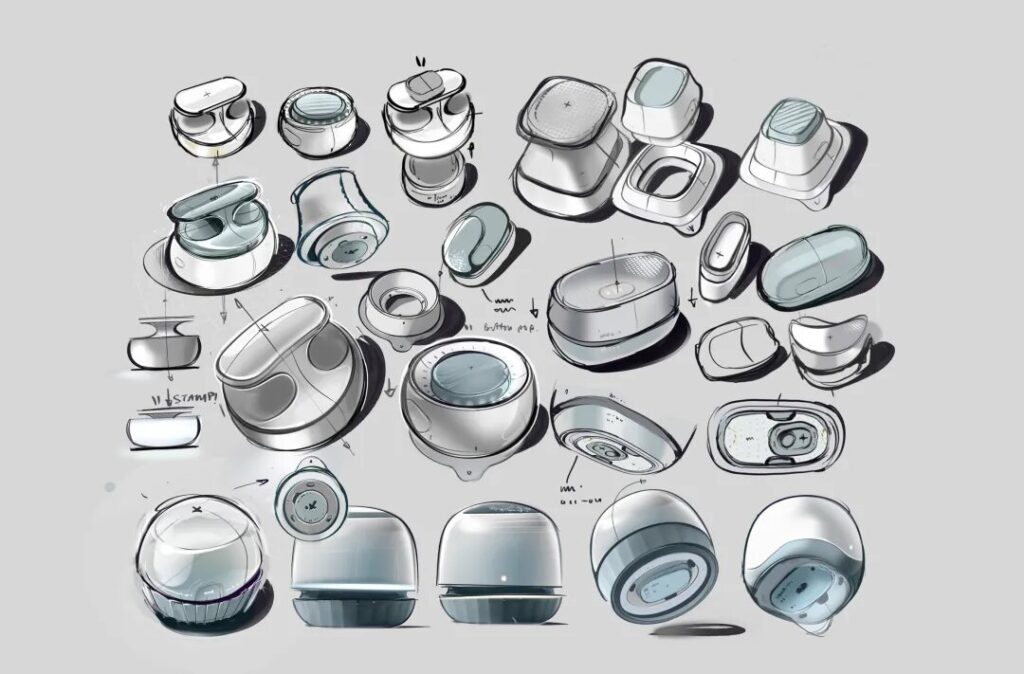In the realm of medical product design, the focus has always been user-centric, understanding the specific needs and pain points of users to better meet their requirements. Designers need to pay close attention to the psychological characteristics and usage habits of users, offering designs that not only perform well technically but also have a visually appealing and emotionally engaging form.
Safety is paramount in medical product design. It is crucial for designers to ensure that the products do not cause harm to healthcare professionals or patients, adhering to strict safety design principles. Efficiency and usability are also key aspects, aiding various medical departments in achieving fast and efficient operations. Ergonomics play a vital role in enhancing the user experience, improving the comfort and stability of medical procedures for doctors.
Moreover, aesthetics should not be overlooked. Products should be not only functional but also visually attractive, durable, and easy to maintain. Emotional design can elevate people’s affinity and trust in the product, thereby increasing user satisfaction.

Cambridge Consultants: Enhancing Parkinson’s Disease Management
To manage symptoms and alleviate pain, Parkinson’s disease patients often require up to four injections daily, a process that is both challenging and risky, leading to increased dependency on caregivers. The Falcon implant platform was designed to enable Parkinson’s patients to self-administer care, replacing daily injections with a monthly refillable implant.
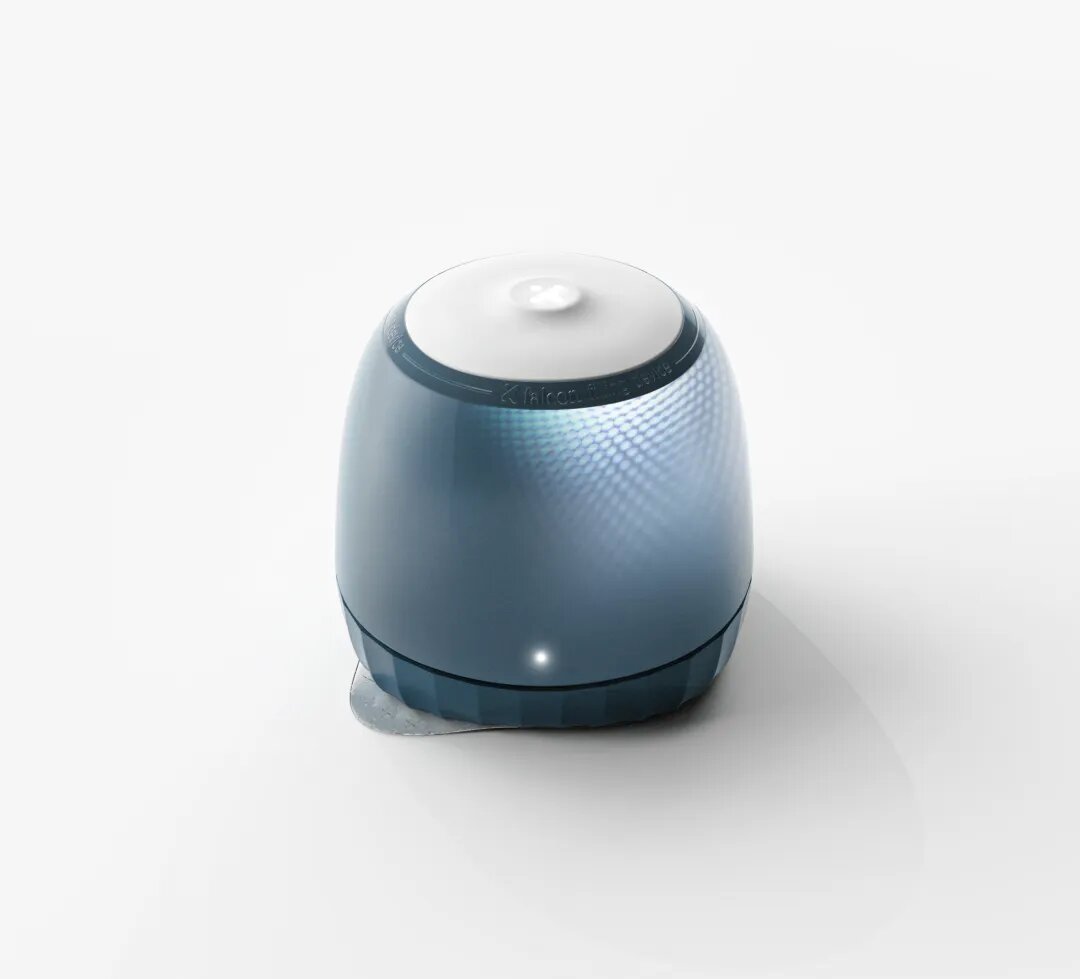

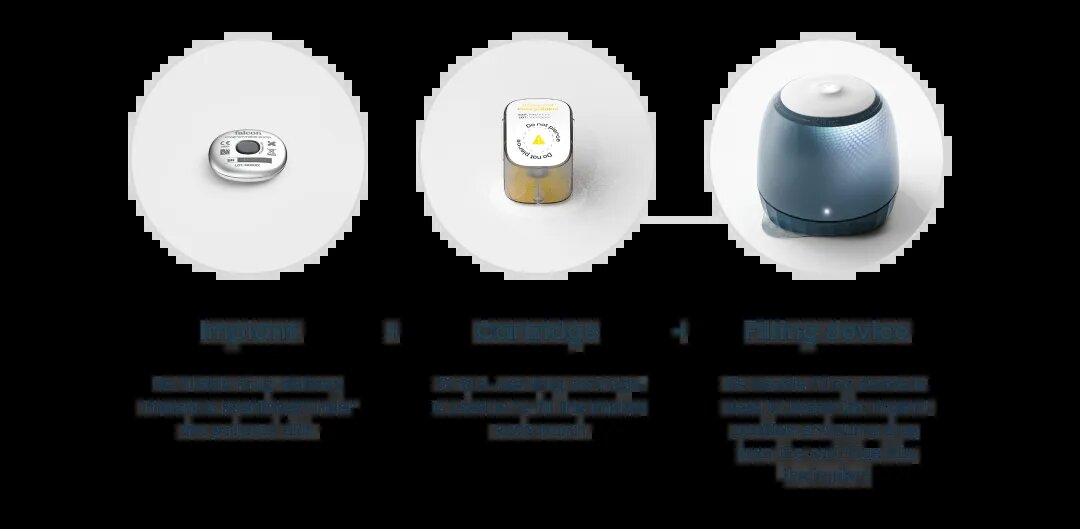
This innovation in drug delivery can be inserted into various anatomical regions, offering localized drug delivery for a range of conditions. The refilling process is simplified into three steps, making it user-friendly.

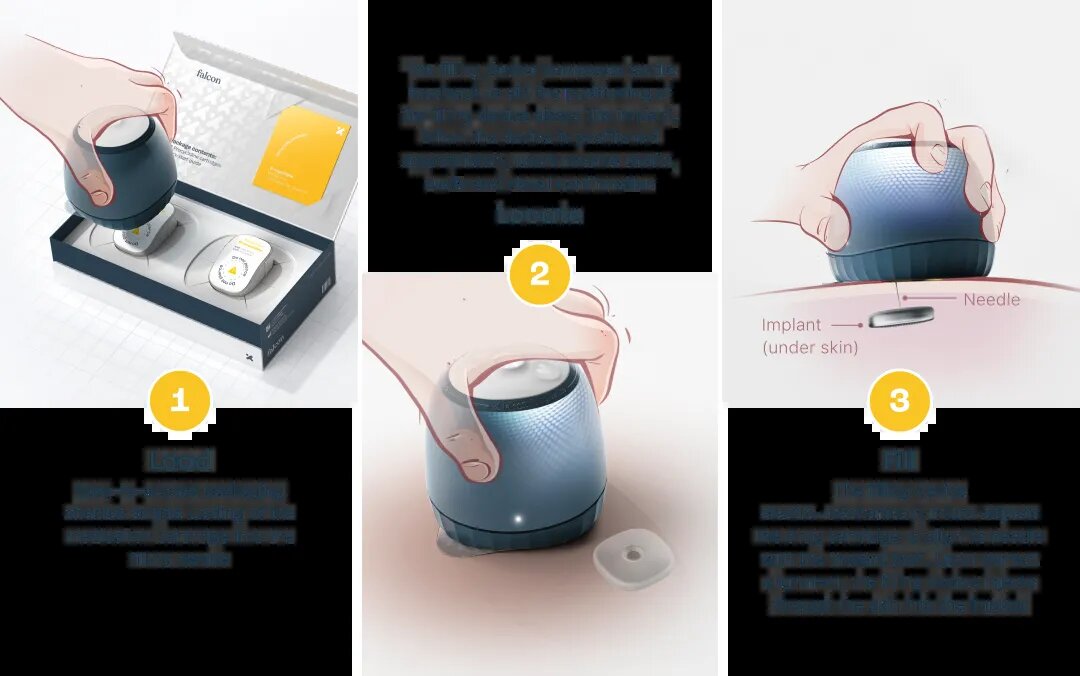
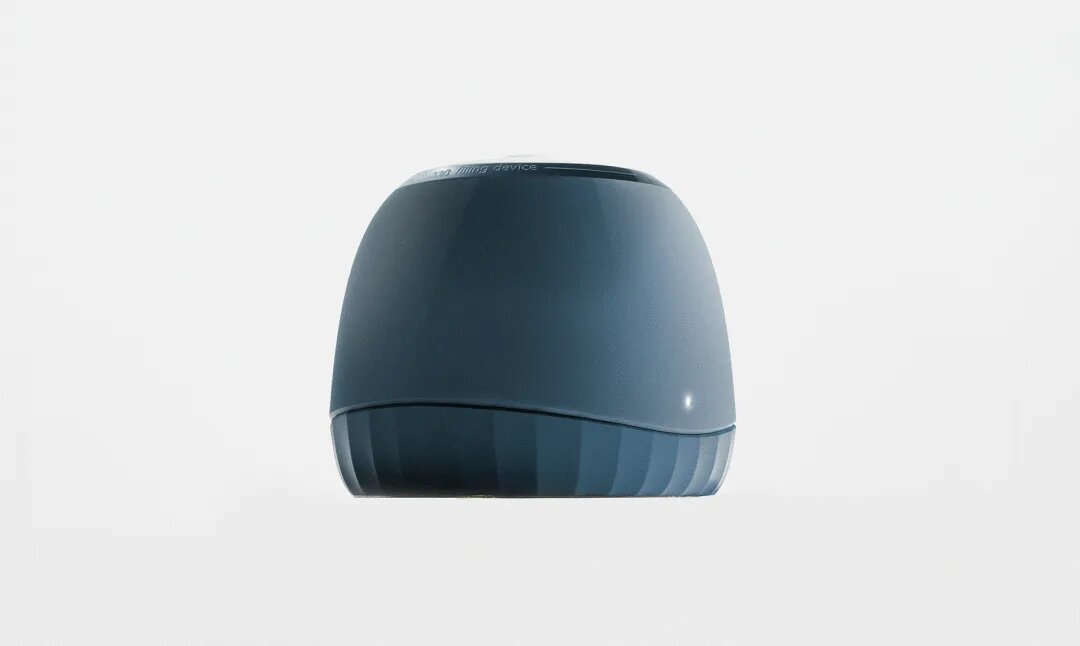
Once the refill device is positioned over the implant, it emits ultrasonic waves which bounce back and are received by sensors, aiding in precise targeting during the refill process.

Once refilling is complete, the empty cartridge can be safely disposed of. The system prevents direct contact with sharp needles, enhancing safety.

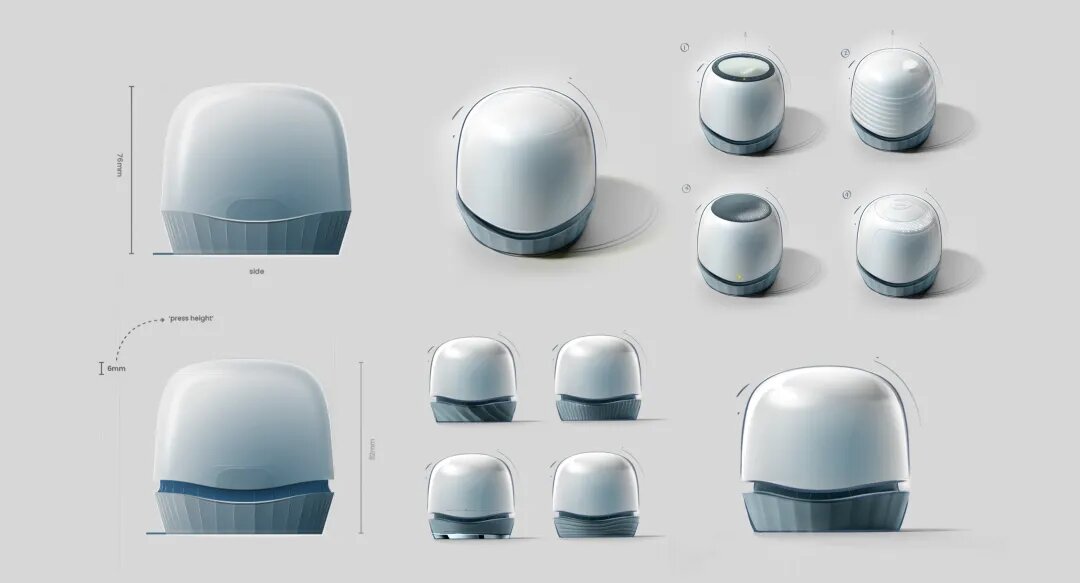
Claro: Modular and Stylish Bluetooth Hearing Aids
Designed by Crux Product Design, George Watts, and Alberto Barragan, Claro is a new generation of stylish, Bluetooth-connected hearing aids that draw inspiration from modern, open-ear headphone designs.
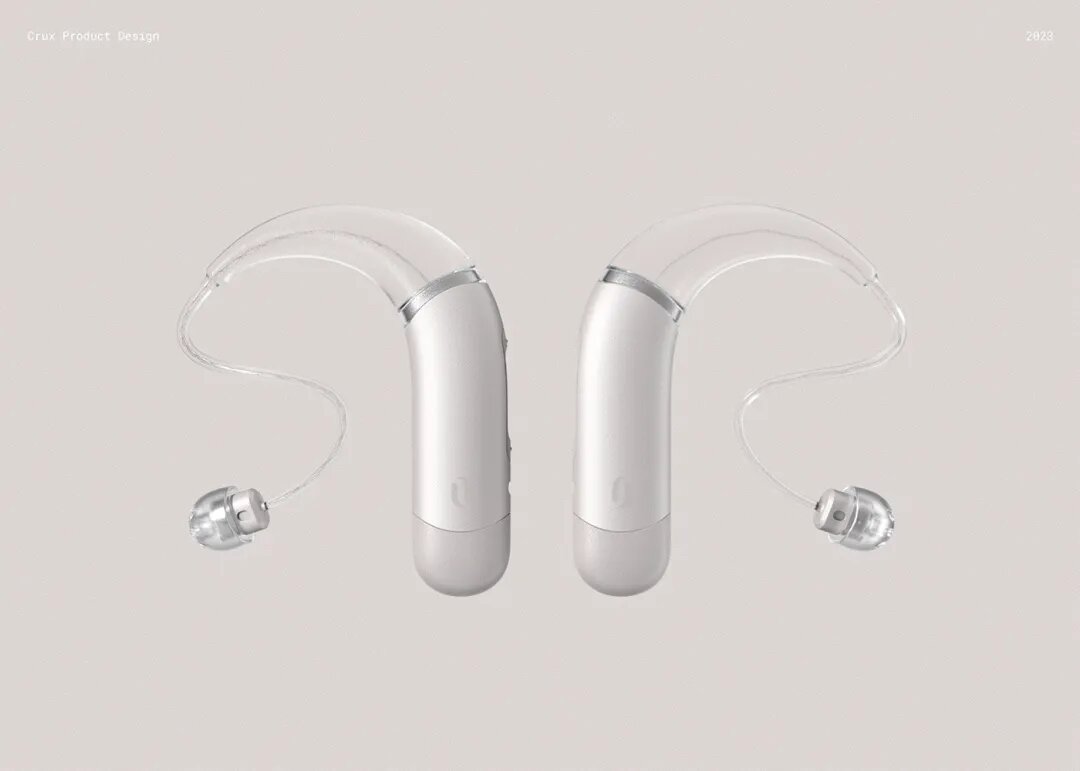
Claro is highly modular, capable of adapting to specific user needs and styles. Users can customize their hearing aids to match their fashion sense, skin tone, or personality.
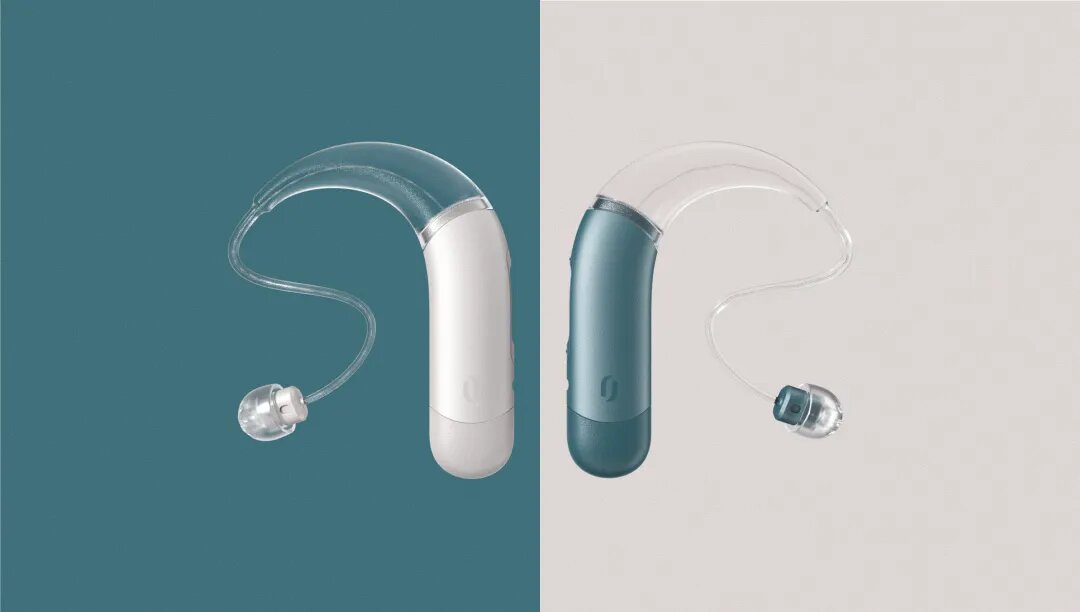
Dexter: Interactive Rehabilitation at Home
Supported by an interactive app, Dexter offers animated tutorial exercises and real-time feedback on users’ motions. This platform adjusts the difficulty level of exercises based on patient activity, transforming traditional rehabilitation methods by enabling patients to manage their recovery in the comfort of their homes.
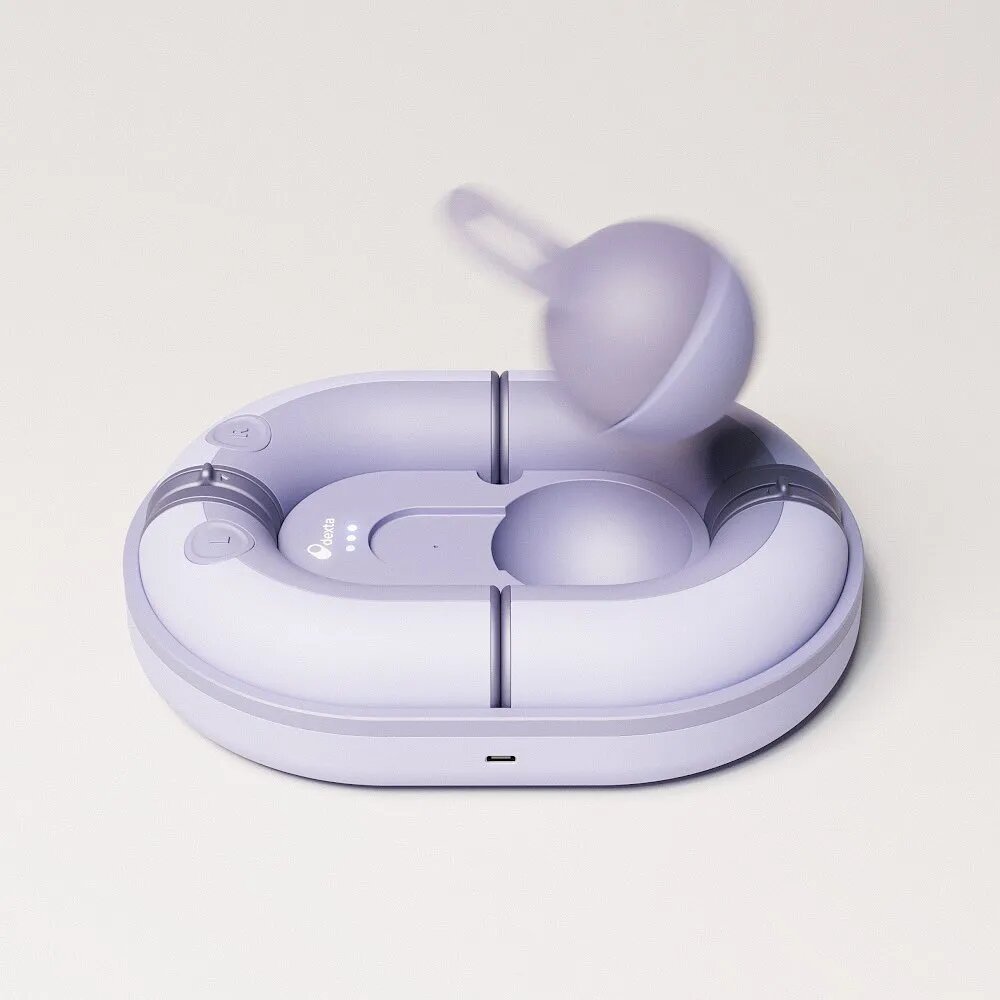
Zoe Inhaler: User-Friendly Asthma Management
Harry Moorman introduces Zoe, a concept for a breath-actuated inhaler designed for asthma patients. It features high-contrast colors that represent different drug formulations, improving usability and ensuring continuous airflow even if partially obstructed.

Jaundice Detector: Non-Invasive Bilirubin Measurement
Ryan Lin’s jaundice detector uses optical principles to estimate bilirubin levels in infants’ blood through non-invasive methods, with detectors placed on the forehead or sternum.
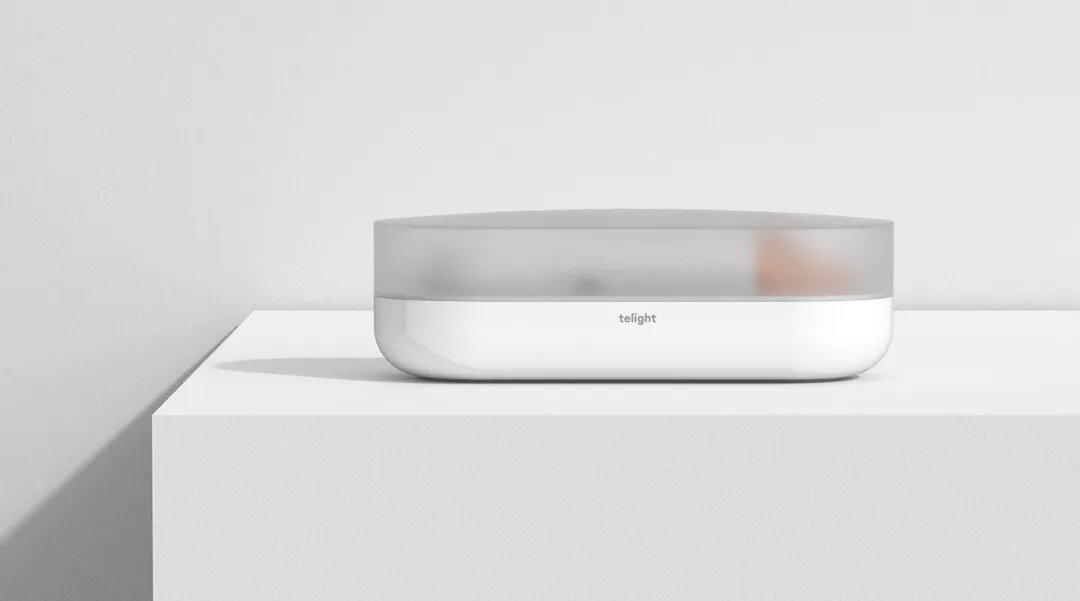
Zedsen: Human-Centered Design for User Reduction Anxiety
Designed by Rishikesh Sonawane, Zedsen attempts to present a unified user experience with a calming design aimed at reducing anxiety about using health-related tools.

Ownum Pod: Modular Smart Pill Dispenser
Ownum Pod is a conceptual smart device equipped with precision scales to monitor medication intake, reminding users to take their medicine via an app.
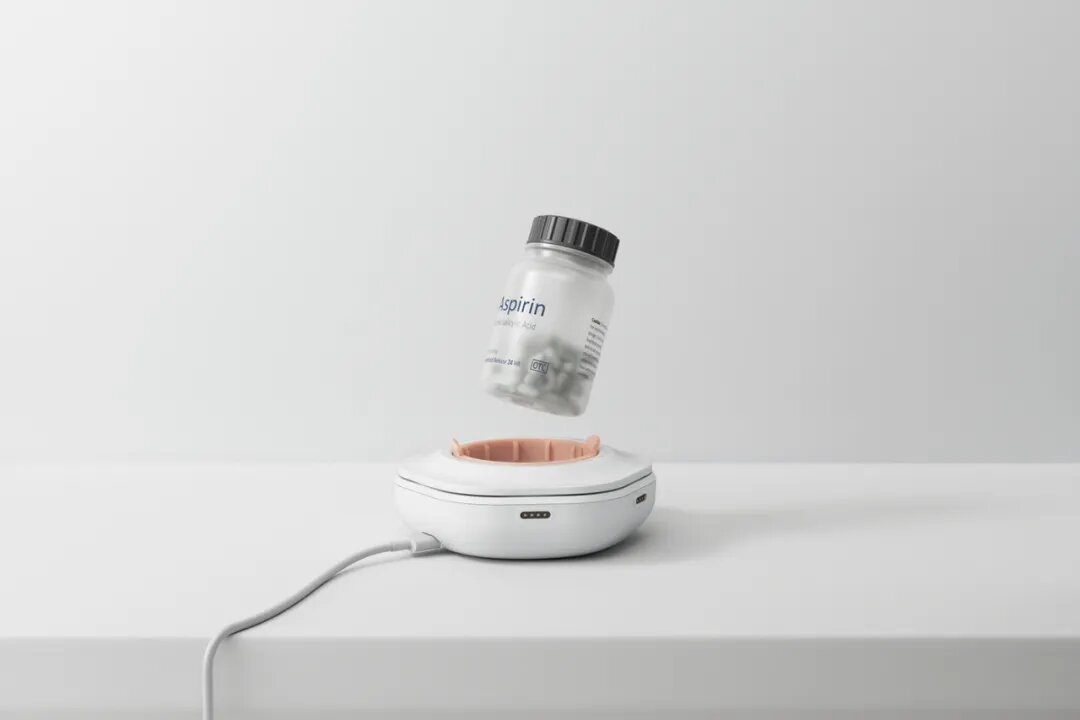
Sustainable UV Disinfecting Thermometer
Rishikesh Sonawane also introduces a sustainable UV disinfecting thermometer, addressing the issue of electronic waste in hospitals. The device can self-disinfect using UV and ultrasound technology, ensuring hygiene while reducing environmental impact.
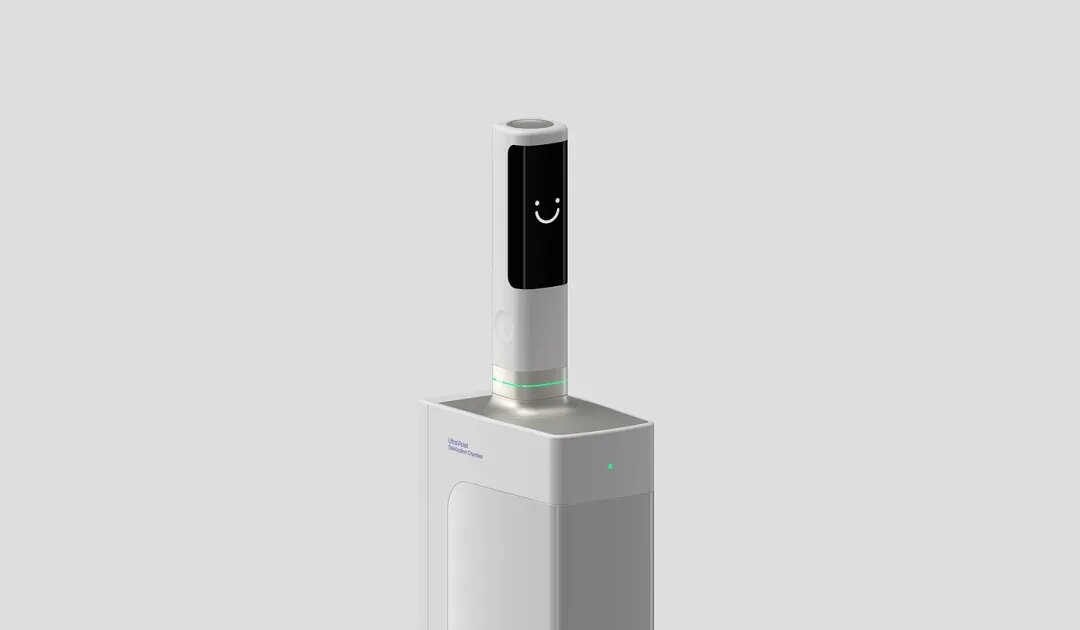
Emergency Response Scooter
The emergency response scooter designed by Ulises Varela, Sofia Caruso, and Ezequiel Garelli solves the problem of ambulances accessing crowded areas by providing the fastest emergency response possible until professional medical help arrives. Equipped with all essential first aid supplies, the scooter projects light to clear paths in emergencies.



